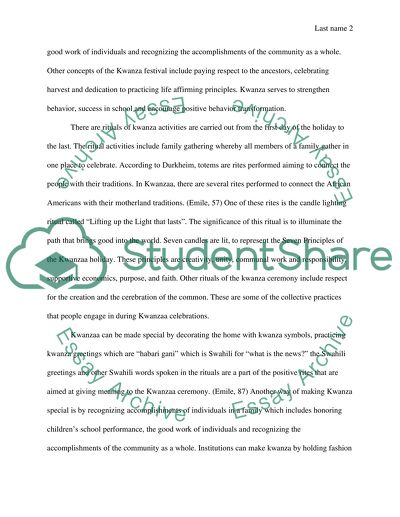Cite this document
(“Social Theory Essay Example | Topics and Well Written Essays - 1000 words - 1”, n.d.)
Retrieved from https://studentshare.org/sociology/1667147-social-theory
Retrieved from https://studentshare.org/sociology/1667147-social-theory
(Social Theory Essay Example | Topics and Well Written Essays - 1000 Words - 1)
https://studentshare.org/sociology/1667147-social-theory.
https://studentshare.org/sociology/1667147-social-theory.
“Social Theory Essay Example | Topics and Well Written Essays - 1000 Words - 1”, n.d. https://studentshare.org/sociology/1667147-social-theory.


